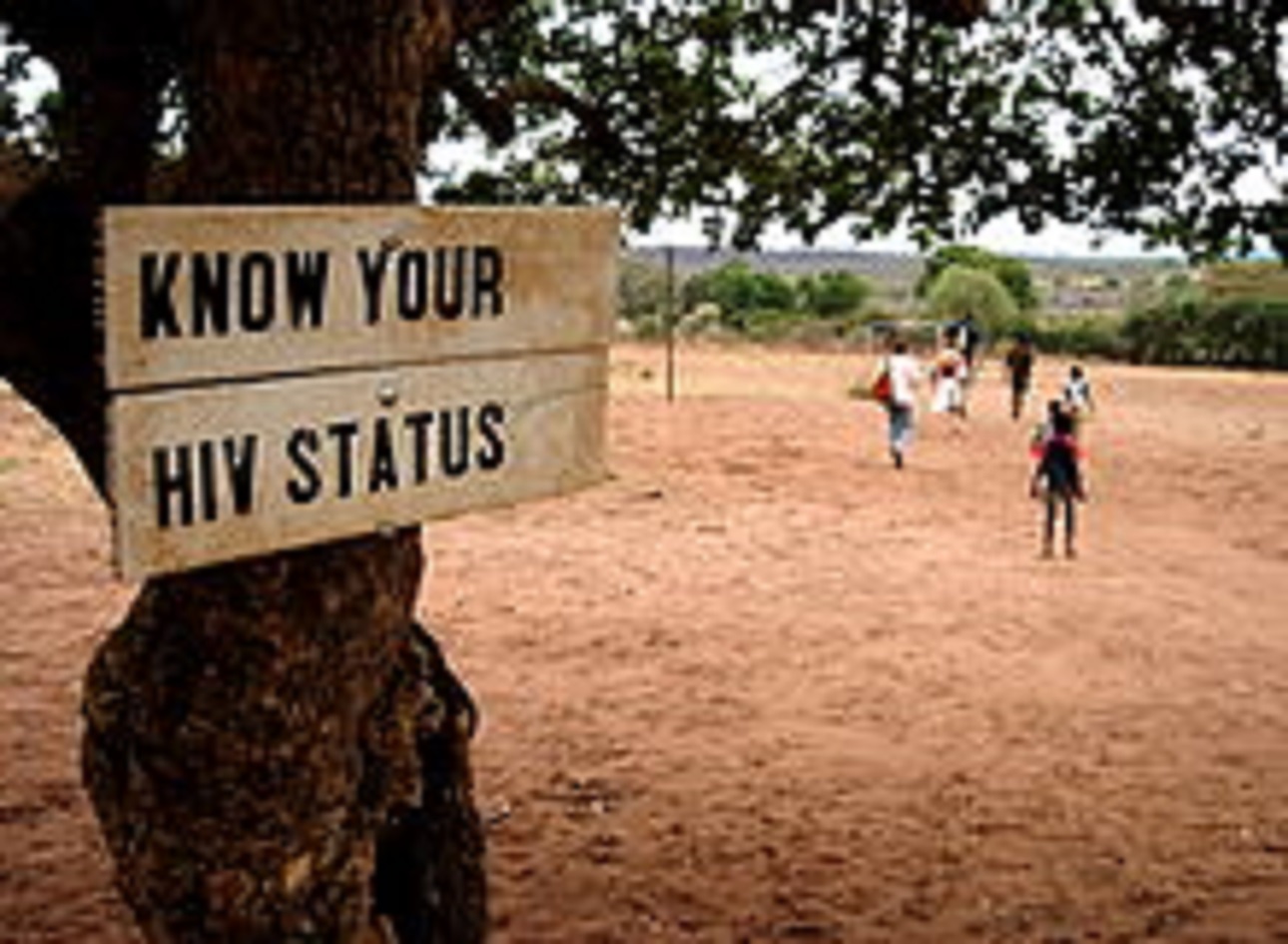An excellent example is our work on the measurement of subjective expectations. Eliciting individuals’ own subjective expectations (or beliefs) from survey respondents is critical to analysing decision-making under uncertainty in domains such as human capital investments, labour supply, household formation and health behaviours. If researchers observe only the final choices, they face a basic identification problem when making inferences about the decision-making process, as many combinations of preferences and expectations can lead to the same observed choice (for example, the lack of investment in education in many developing countries could be due to systematic misperceptions about the returns to schooling, a limited taste for acquiring education, or both –along with other explanations such as credit constraints or lack of access to schools).
MiSoC’s Adeline Delavande has been instrumental in pushing forward the agenda of asking decision-makers directly about their subjective expectations, and, with collaborators, has pioneered the elicitation of subjective expectations in developing countries. This has led to a growing number of surveys asking similar questions, a literature reviewed in Delavande (2014).
Within the MiSoC programme, we have continued this line of research, with methodological developments on how best to ask about expectations in developing countries (Delavande et al., 2017) and with important applications. An example is related to HIV policy. Delavande and Kohler (2016) implemented new methods for measuring individuals’ expectations about the impact of HIV on survival, own and partners’ HIV status and the risk of transmission to study risky sexual behaviour in Malawi. Analysis of the accuracy of these expectations showed that information policies would be beneficial in term of reducing risky sexual behaviour if focused on mortality risks, but not if focused on transmission risk; as a result, a randomized controlled trial in which individuals are provided information on mortality risk is currently being rolled out in Malawi.
Another example is related to higher education policy in South Asia. Delavande and Zafar (2019) investigate the determinants of students’ university choice in Pakistan, with a focus on monetary returns, nonpecuniary factors enjoyed at school, and financial constraints. In Pakistan, higher education institutions range from expensive Western-style elite (private) universities with high associated labour market returns at one end to free religious institutions (Madrassas) at the other, with public universities somewhere in the middle. This setting is relevant beyond Pakistan because of the similarity of Pakistan’s education system to the rest of South Asia, home to nearly a quarter of the world’s population. Delavande and Zafar (2019) find that expectations about labour market prospects play a small role in the choice of a university. Instead, nonpecuniary outcomes, such as the school’s ideology, are the major determinants. Financial constraints are also very important. Results from policy simulations suggest that relaxing financial constraints by providing students with either loans or free schooling (financed by a tax on earnings during students’ later working lives) would increase students’ welfare substantially. Beyond the substantive application, Delavande and Zafar (2019) innovates from a methodological point of view by modelling how some of the subjective expectations depend on the same structural parameters as the ones relevant to university choice using a generalised method of moments (GMM) procedure.
